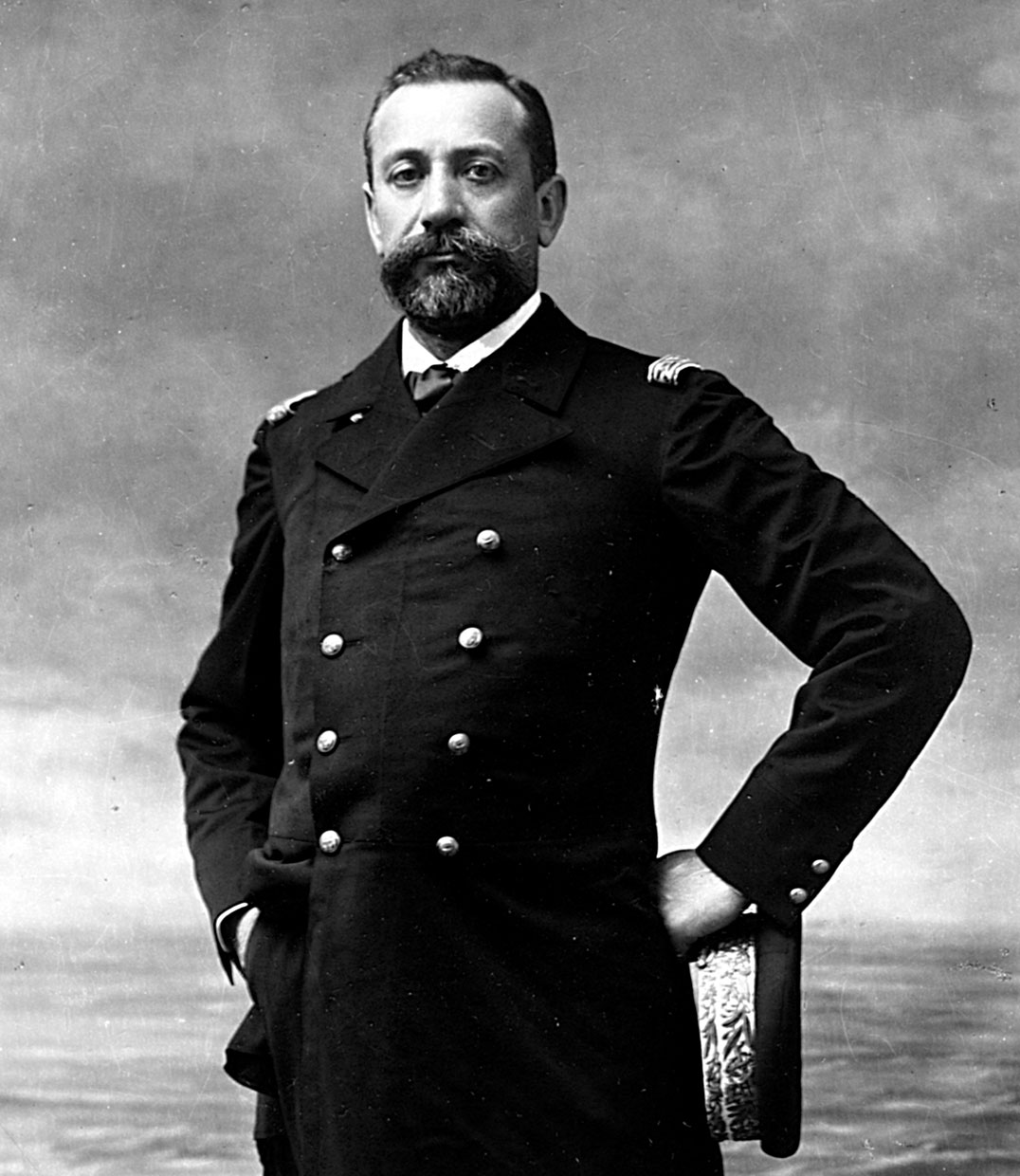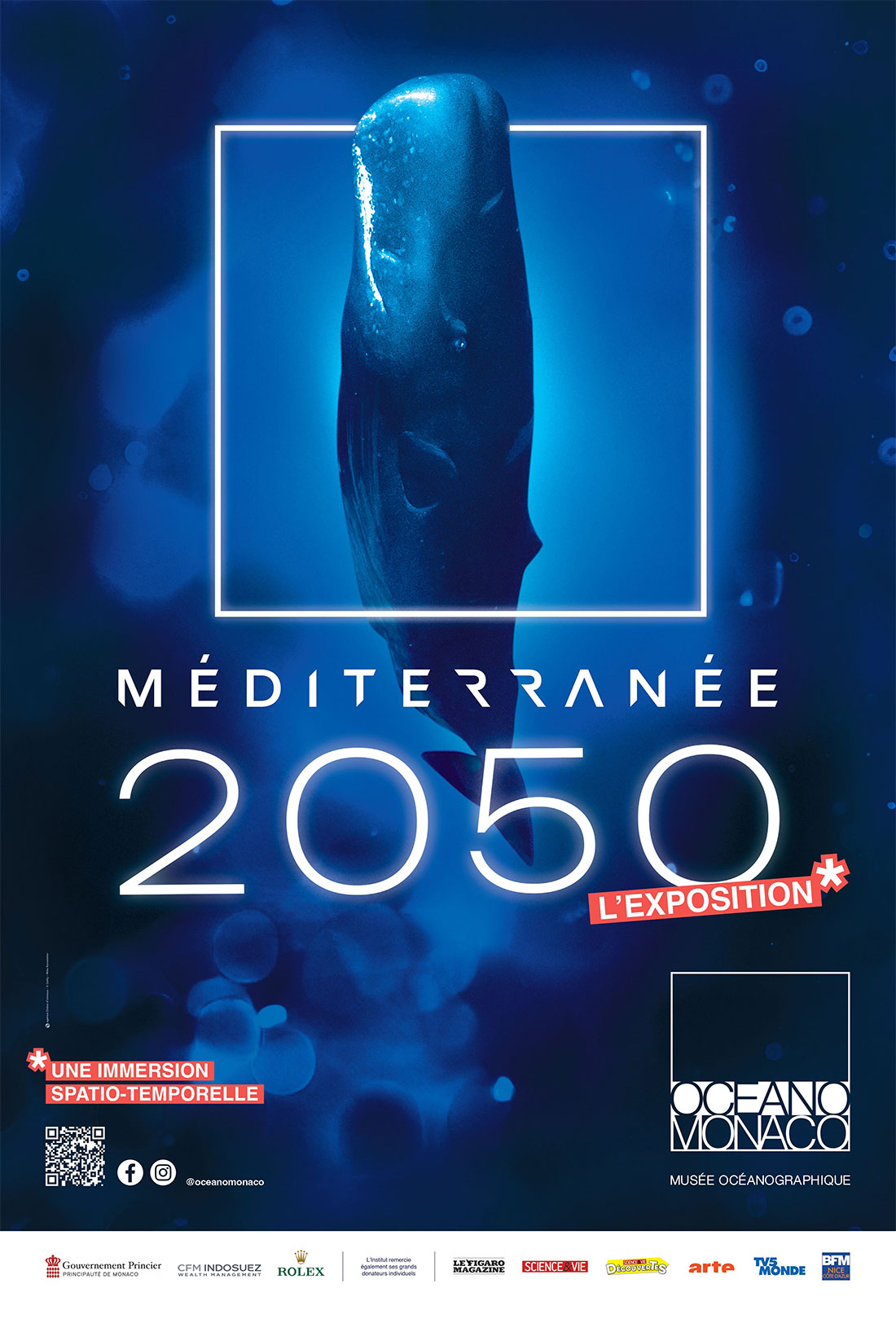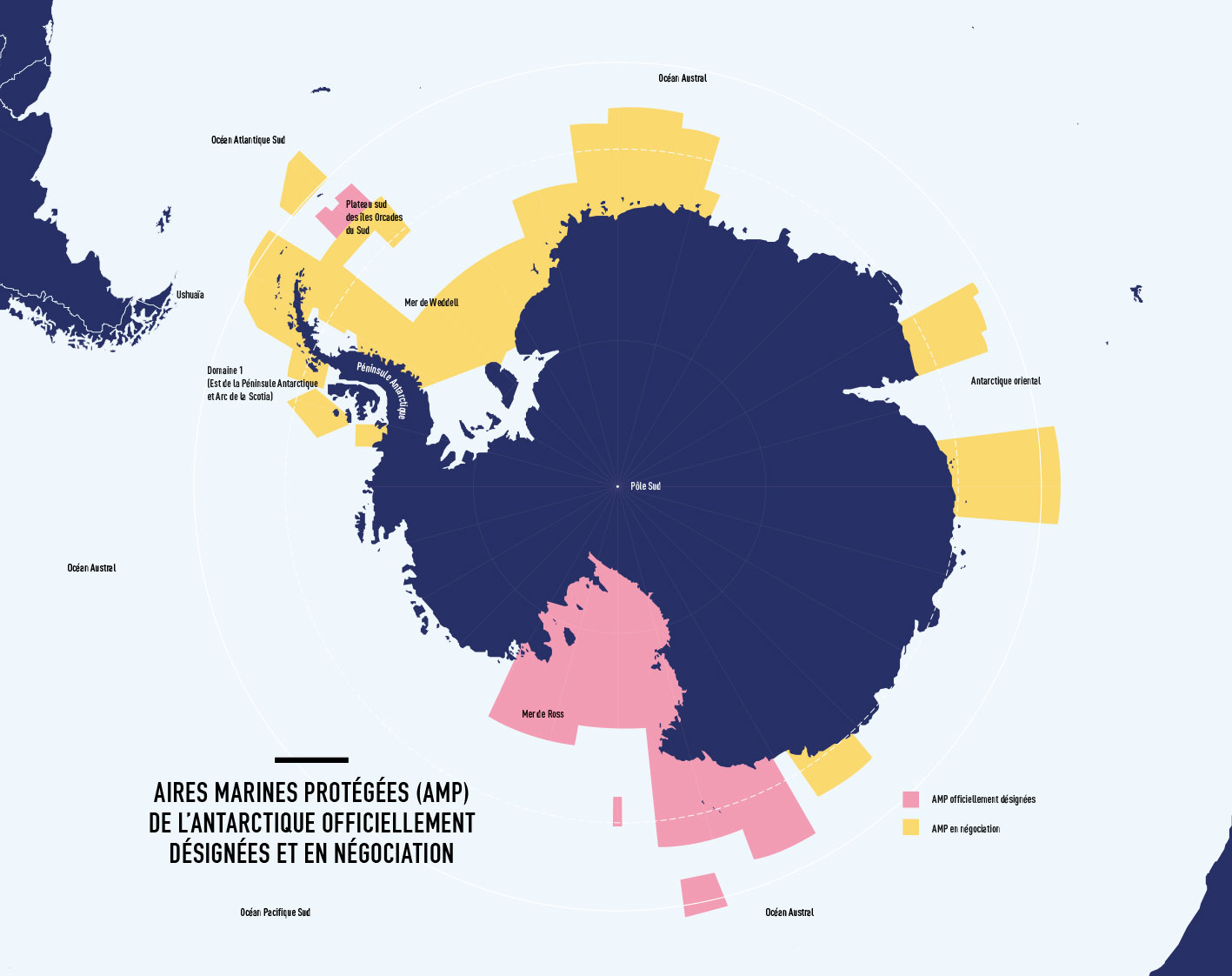The oceanographic Institute is committed to the creation of protected marine areas
in the mediterranean sea !
The Oceanographic institute is committed to the creation of protected marine areas
in the mediterranean sea!
- Home
- Marine protected areas in the Mediterranean Sea
The Monaco Oceanographic Institute launches a new campaign to promote the creation of Marine Protected Areas – ” What are we waiting for to be happy?
*
AN AWARENESS CAMPAIGN
ABOUT
BIODIVERSITY SERVICE
BIODIVERSITY SERVICE
As part of its new ” What are we waiting for to be happy?” awareness campaign, the Monaco Oceanographic Institute is reaffirming its commitment to the development of Marine Protected Areas (MPAs) in the Mediterranean sea.
The campaign conveys a message of hope, highlighting emblematic Mediterranean species and promoting concrete solutions to environmental challenges. Resolutely positive and emotional, it asks the public about its relationship with the marine environment, and proposes a clear response: the creation of MPAs (Marine Protected Areas) as a lever for collective happiness and preservation.
Through this engaging approach, the Institute wishes to demonstrate that tangible answers exist to protect marine ecosystems, and to remind people that there is still time to act for the future of the Ocean.
Deployed nation wide, the campaign includes access to the My Oceano Med web app, which lets people choose an MPA, take on concrete challenges and track the impact of their actions on the evolution of this protected area.
* GET INVOLVED WITH MY OCEANO MED!
What if the sense of wonder experienced in a Marine Protected Area became a driving force for commitment? That’s the challenge of the last stage of the“Mediterranean Sea 2050” exhibition! In this final room, entitled My Oceano Med, visitors are invited to make a symbolic commitment to preserving the Mediterranean sea, by influencing public institutions and economic players alike.
Extended engagement via a web app
To extend this approach beyond the Museum, the My Oceano Med app lets you extend the experience: take on new challenges, enrich your own virtual Marine Protected Area and earn badges to reward your commitment. The app also includes an interactive guide to the exhibition, and allows participants to take part in monthly prize draws.
WHAT IS AN MPA?
A Marine Protected Area (MPA):
” A clearly defined geographical area, recognized, dedicated and managed, by any effective means, legal or otherwise, to ensure the long-term conservation of nature and its associated ecosystem services and cultural values “.
A marine protected area is a delimited space at sea that meets the objectives of nature protection (fauna, flora, ecosystems) and the sustainable development of economic activities such as sustainable fishing and responsible tourism.
Formed into effectively designed and managed networks, MPAs provide refuges for marine biodiversity, restore important ecological functions ( safeguarding fish spawning and nursery areas ) and maintain the production of ecosystem goods and services. They are wise investments in the health of the ocean and the development of the blue economy.
Various levels of protection
The activities authorized in MPAs depend on their degree of protection, as defined by the MPA Guide. Certain practices , such as sustainable artisanal fishing, eco-responsible tourism and renewable energy production, can be tolerated, provided they respect conservation objectives. On the other hand, activities with a high ecological impact, such as mining or hydrocarbon extraction, are incompatible with these protected areas.
Two major obstacles to their effectiveness
-
Lack of international normative framework:
The Convention on Biological Diversity does not clearly define levels of protection or acceptable uses. As a result, some MPAs may have protected status without preventing harmful activities. -
Insufficient management resources:
Without sufficient resources (financial, human, technical), MPAs struggle to draw up and implement effective management plans. As a result, they risk existing only on paper, with no tangible impact on biodiversity.
PROTECTION
MINIMUM
Major extractive activities, such as industrial fishing and shipping, are permitted, although the MPA retains some conservation benefits.
PROTECTION
MODERATE
Economic activities, including larger-scale fishing and aquaculture , are tolerated, but can have significant impacts on the environment.
PROTECTION
HIGH
Limited activities, such as sustainable artisanal fishing or responsible tourism, are authorized under strict conditions to minimize impacts.
PROTECTION
FULL
No extractive or destructive activities are permitted , preserving the ecosystem in its natural state.
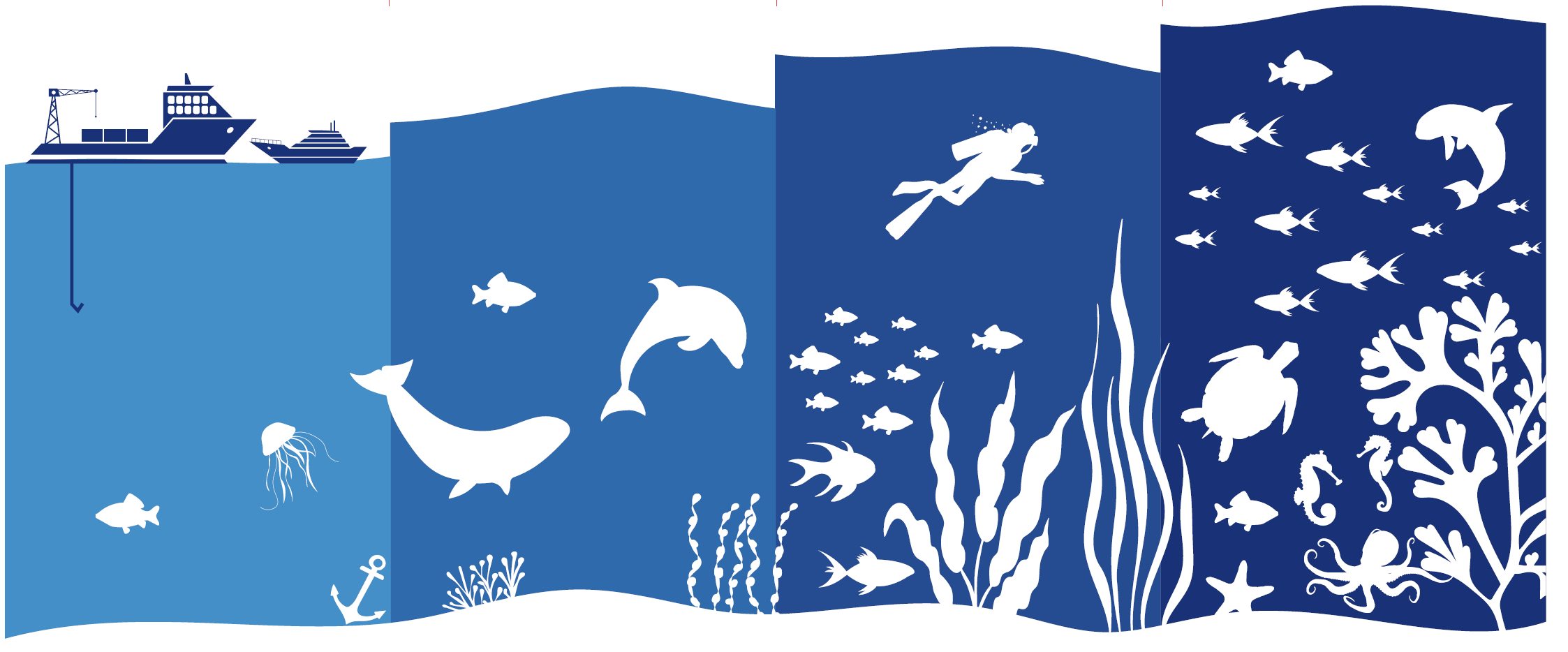
THE INSTITUT'S ACTIONS FOR THE MEDITERRANEAN MPA
The Mediterranean sea is described as a unique ecological jewel, a crossroads of civilizations and a cradle of biodiversity. Although it represents only 1% of the world’s ocean surface, it concentrates exceptional biodiversity, with 18% of the world’s marine flora and 7.5% of its marine fauna. Nearly 20% of its species are endemic, i.e. found nowhere else.
The ambitious international target 30×30 “adopted at COP15 in 2022, aims to protect 30% of land and sea areas by 2030. But its implementation in the Mediterranean faces major obstacles. The governance framework is fragmented, marked by a superposition of regional agreements, insufficient coordination between riparian states and a lack of resources to effectively implement the commitments made. The Barcelona Convention, the main treaty for the Mediterranean, suffers in particular from a lack of binding control mechanisms. In a context where diplomatic, economic and legal disparities slow down any concerted response, it is becoming urgent to strengthen cooperation and capacities for action to ensure coherent, sustainable management of this unique marine area.
Faced with these challenges, and in parallel with its new campaign to promote MPAs, theInstitut is launching an ambitious awareness-raising program with the exhibition Mediterranean 2050.
The Mediterranean is described as a unique ecological jewel, a crossroads of civilizations and a cradle of biodiversity. Although it represents only 1% of the world’s ocean surface, it concentrates an exceptional biodiversity, with 18% of the world’s marine flora and 7.5% of its marine fauna. With almost 20% of its species endemic, our Mediterranean Sea is “unique”.
The ambitious ” 30×30 ” international target, adopted at COP15 in 2022, aims to protect 30% of land and marine areas by 2030. But achieving this goal in the Mediterranean faces major obstacles. The governance framework is fragmented, marked by an overlap of regional agreements, insufficient coordination between riparian states and a lack of resources to effectively implement the commitments made. The Barcelona Convention, the main treaty for the Mediterranean, suffers in particular from a lack of binding control mechanisms. In a context where diplomatic, economic and legal disparities slow down any concerted response, it is becoming urgent to strengthen cooperation and capacities for action to ensure coherent and sustainable management of this unique marine area.
Faced with these challenges, and in parallel with its new campaign to promote MPAs, theInstitut is launching an ambitious awareness-raising program with the exhibition Mediterranean 2050.
For over a century, the Principality of Monaco has played a pioneering role in protecting the Mediterranean, under the impetus of its successive sovereigns. Prince Albert I laid the foundations of modern oceanography and initiated a scientific and political approach to preserving the marine environment. This tradition continued with Prince Rainier III, who actively worked to combat marine pollution and strengthen Monaco’s scientific capabilities. Today, H.S.H. Prince Albert II of Monaco is pursuing this commitment through major international, diplomatic and scientific initiatives.
The exhibition highlights Monaco’s many initiatives: the creation ofMarine Protected Areas, the protection of endangered species such as brown grouper and bluefin tuna, and support for red coral research projects. The Prince Albert II Foundation, the Monaco’s Scientific Center of Monaco and The Explorations of Monaco are all involved in conservation, research and awareness-raising. The exhibition illustrates how Monaco takes local action while mobilizing regional and international cooperation, embodying an ambitious vision ofa sustainable Mediterranean.
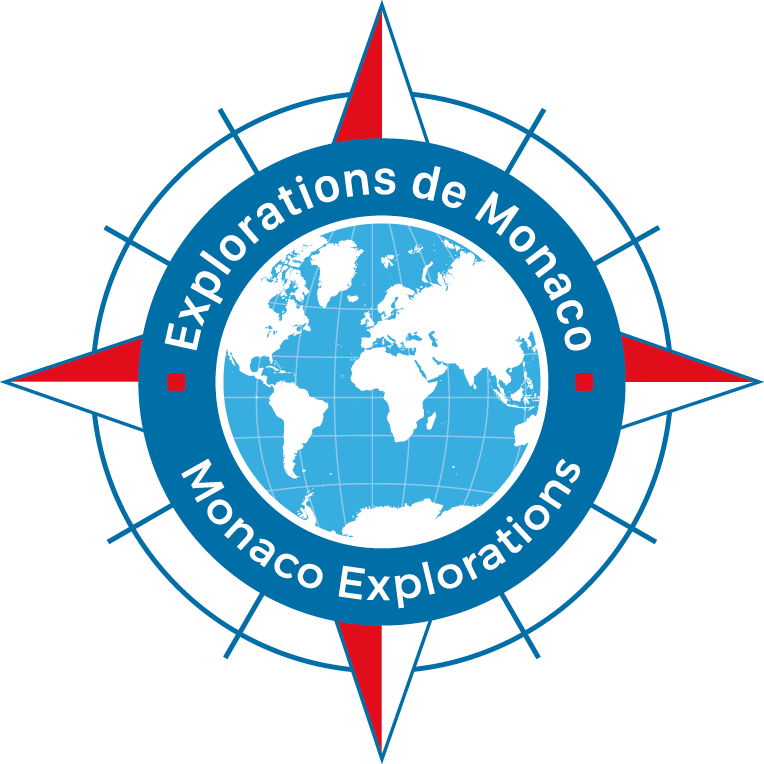
” The ambition of the Monaco Explorations is to shine a spotlight on the urgency and importance of accelerated development and effective management of Marine Protected Areas in the Mediterranean “.
Xavier Prache,
Director of Monaco Explorations.
The Explorations of Monaco program embodies Prince Albert II ‘s commitment to better knowledge, management and protection of the oceans, and adopts an innovative approach combining science, mediation and regional cooperation.
The program is based on partnerships with research institutes and uses modern tools such as marine drones, underwater cameras and ARGO floats to collect valuable data on biodiversity. The aim is not only to document the state of health of marine ecosystems, but also to strengthen the capacities ofMarine Protected Area managers and involve all stakeholders – scientists, citizens, decision-makers – in the active protection of the Mediterranean.
The Mediterranean 2050 exhibition showcases their upcoming Mediterranean program, which will begin in 2025 with a mission to Greece. This initiative is part of the international “30×30” objective to protect 30% of marine and coastal areas by 2030. The mission includes scientific, educational and diplomatic stopovers at several emblematic sites, such as Alonissos and Syros, and will be accompanied by a traveling exhibition, meetings with local communities, and workshops to raise awareness among younger generations.
The Explorations of Monaco program embodies Prince Albert II ‘s commitment to better knowledge, management and protection of the oceans, and adopts an innovative approach combining science, mediation and regional cooperation.
The program is based on partnerships with research institutes and uses modern tools such as marine drones, underwater cameras and ARGO floats to collect valuable data on biodiversity. The aim is not only to document the state of health of marine ecosystems, but also to strengthen the capacities ofMarine Protected Area managers and involve all stakeholders – scientists, citizens, decision-makers – in the active protection of the Mediterranean.
The Mediterranean 2050 exhibition showcases their upcoming Mediterranean program, which will begin in 2025 with a mission to Greece. This initiative is part of the international “30×30” objective to protect 30% of marine and coastal areas by 2030. The mission includes scientific, educational and diplomatic stopovers at several emblematic sites, such as Alonissos and Syros, and will be accompanied by a traveling exhibition, meetings with local communities, and workshops to raise awareness among younger generations.

” The ambition of the Monaco Explorations is to shine a spotlight on the urgency and importance of accelerated development and effective management of Marine Protected Areas in the Mediterranean “.
Xavier Prache,
Director of Monaco Explorations.
The Oceanographic Institute of Monaco, true to its mission of knowledge, awareness and protection of the Ocean, is deploying a series of concrete initiatives in favor of the Mediterranean. Through its exhibitions at the Oceanographic Museum of Monaco, its conferences at the “Maison de l’Océan” in Paris, its publications and its scientific partnerships, it works to strengthen understanding of marine issues and promote science-based solutions.
Through all these actions and its new commitment campaign, the Institute supports the creation and strengthening of Marine Protected Areas, convinced that they are one of the most effective levers for preserving biodiversity, restoring degraded ecosystems and ensuring a sustainable future for coastal communities. It contributes to the recognition of Other Effective Conservation Measures by Zone(AMCEZ), and advocates their widespread use in the Mediterranean.
Through its positions, its diplomatic work, its educational tools and its collaborative projects (notably with Explorations de Monaco), the Institute acts as a driving force and encourages collective mobilization – from citizens to decision-makers – to make the Mediterranean Sea a place of resilience and hope.
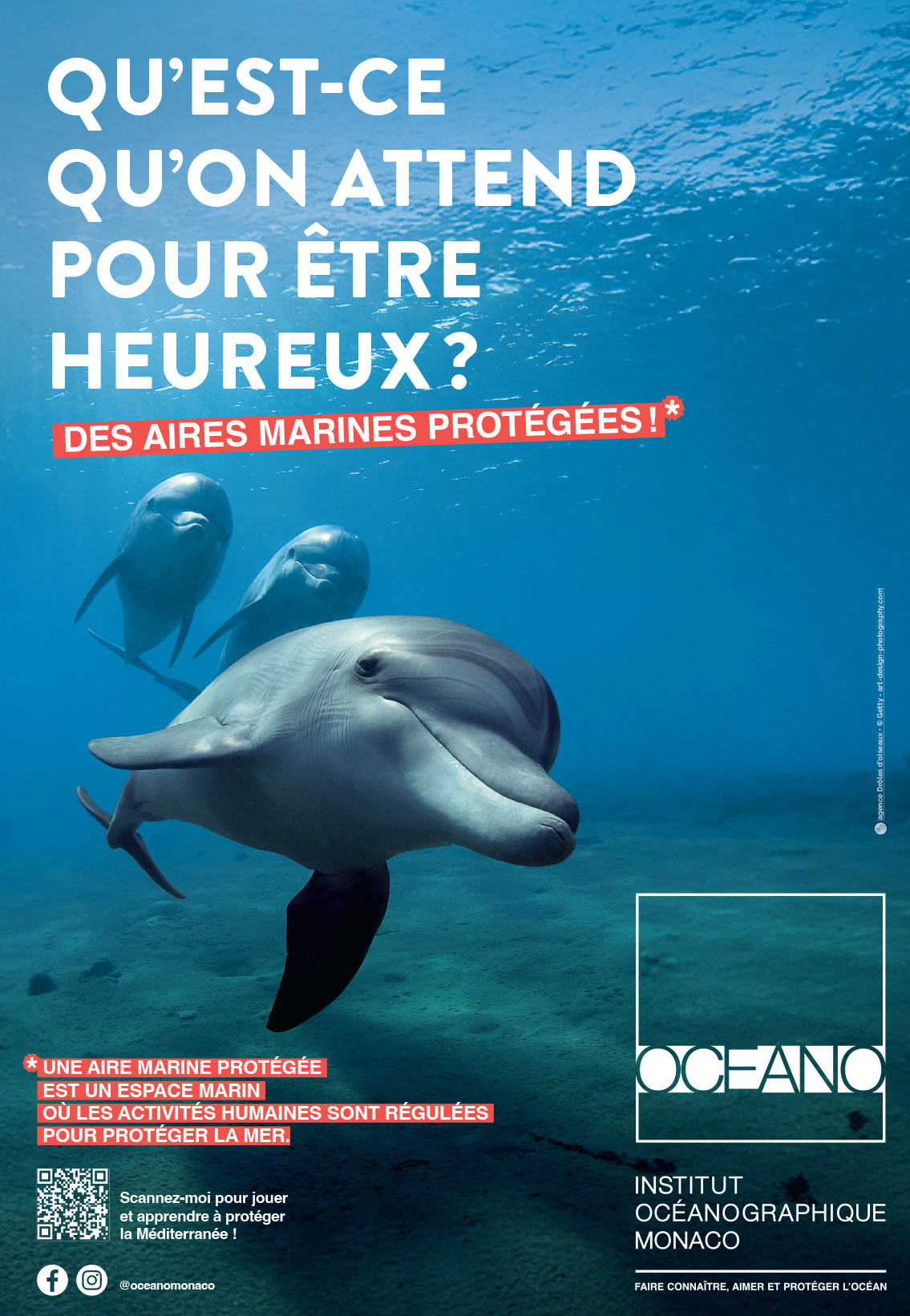
THE PRESS
Discover the press articles highlighting the Institute’ s commitment campaign.
THE INSTITUTE IS ALSO COMMITTED TO AMP
IN THE SOUTHERN OCEAN
An essential pillar of the global climate balance, Antarctica plays a key role in regulating ocean and atmospheric currents, capturing carbon and limiting global warming thanks to its high albedo (reflectivity).
Yet this once pristine continent is now under increasing pressure. Its ice cap is melting at an alarming rate, with over 7,500 billion tonnes of ice lost in 25 years. This accelerated melting threatens to raise sea levels considerably in the long term.
Faced with this urgent need, Marine Protected Areas (MPAs) appear to be major instruments for preserving local biodiversity, which has been weakened by habitat loss and overfishing, particularly of krill, a key resource in the Antarctic food chain.
To date, two MPAs have been officially established under CCAMLR (Commission for the Conservation of Antarctic Marine Living Resources ): the Orkney Islands Southern Shelf MPA (2009) and the Ross Sea MPA (2016), the latter diplomatically supported by HSH Prince Albert II of Monaco.
Three additional projects are currently under discussion, notably in the Weddell Sea, EastAntarctica and the Antarctic Peninsula, with the ambitious aim of increasing the protected area to 4 million km². These initiatives are supported by coalitions of states, including the European Union, France, Australia, Argentina and Chile, and testify to a growing international determination to provide lasting protection for this polar sanctuary and the emblematic species that depend on it.
Through his diplomatic action and exchanges with other Heads of State, H.S. H. Prince Albert II contributed directly to the creation of the Ross Sea Marine Protected Area in 2016.
Opposite: Map of officially designated Antarctic Marine Protected Areas (MPAs) under negotiation. (Source: Advocacy for Antarctica – Monaco Oceanographic Institute)







